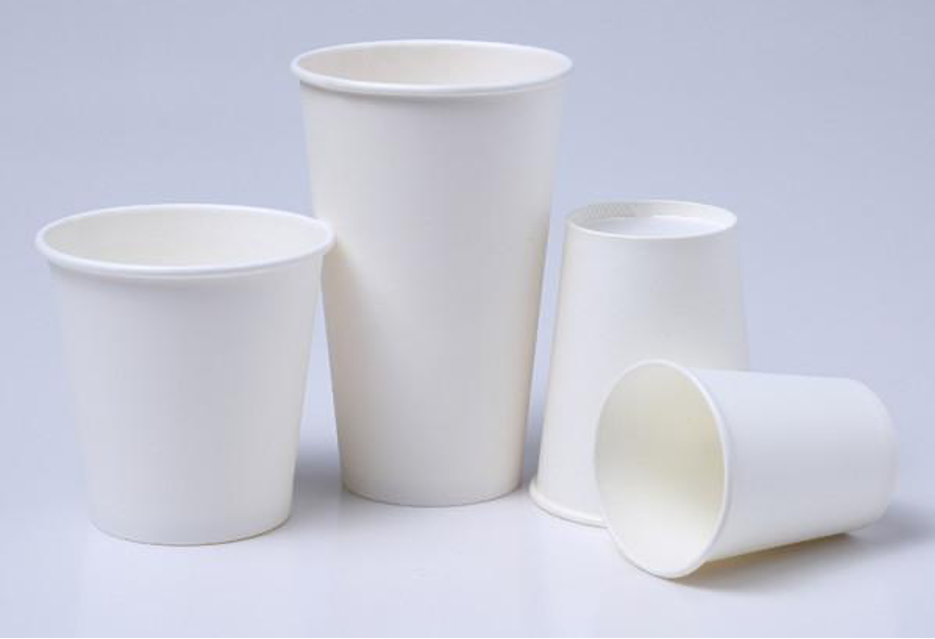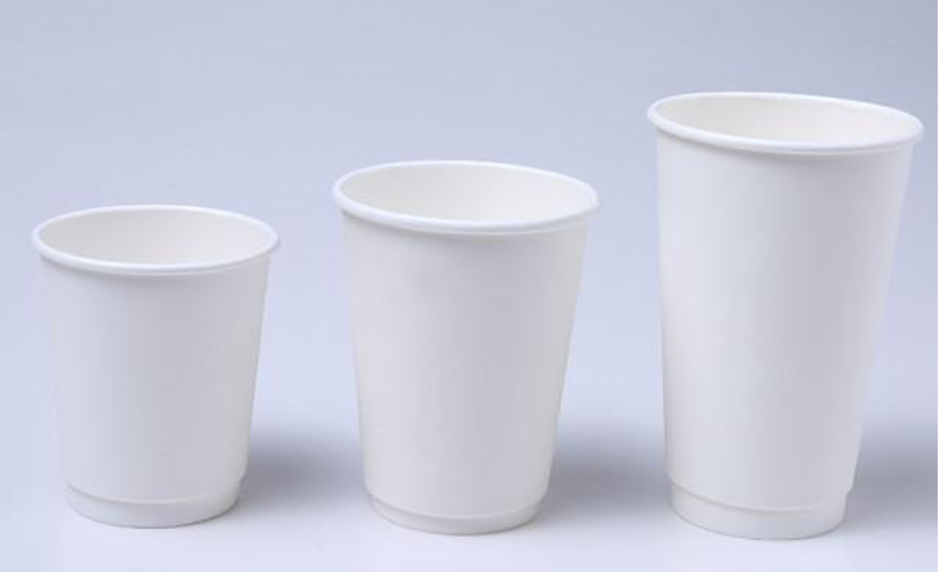
The rapid development of science and the improvement of people’s living standards have witnessed a social phenomenon that people pay more attention to environmental protection than before. For instance, they discard plastic plates and cups and use PLA and disposable paper cups, especially for zero-plastic paper cups. However, there is a scorching debate between PLA and disposable paper cups about which is more environmentally-friendly.
In order to help you develop clarity about this debate, this article will guide you to figure out what PLA and disposable paper cups are, the major differences between them, and which one is more environmentally friendly. Scroll down to get something more.
Table of Contents
What are Disposable Paper Cups?
As you can guess, the inner lining of disposable paper plates and cups is polyethylene, which has the characteristics of anti-acid, anti-erosion, high-temperature resistance, moisture-proof, etc. In most situations, polyethylene won’t produce harmful substances unless the temperature exceeds 200 ℃.
Disposable paper cups, which can be designed in disparate sizes and colors, are tableware that serves two purposes: drinking beverages and disposable food packaging. They can work well in sustaining hot temperatures and carry hot liquid safely without spillage. Thus, disposable paper cups are ideal choices for people who pursue environmentally-friendly plates and cups.
What are PLA Cups?
PLA, or polylactic acid, is plastic made from renewable raw materials to make up cups and other food packaging materials. The raw materials they used, including corn-based resin, are resource and environment-friendly.
However, the most significant shortcoming of using PLA cups is that they can’t be used for long-term food storage applications because they have a higher permeability which lets moisture and oxygen pass through them quickly. Although PLA cups are unsuitable for long-time usage and not resistant to temperature and oil, they can be completely composted and decomposed in certain ways.

Comparison between PLA and Disposable Paper Cups
When comparing PLA and disposable paper cups, it’s essential to consider factors like recyclability, feasibility, and environmental friendliness to ensure you have the right fit. Below is a quick comparison between them to make your decision easier.
1. Material of Cups
Paper cups are made up of environmentally-friendly materials such as zero plastic, which are fully degradable and are used to finish disposable paper cups. Such manufacturing material makes the cup’s body firm and prevents it from becoming soft even if it is left long. In addition, the use of such materials makes them cost-effective as they consume less energy in the production process. Moreover, the material of paper cups enhances their insolation performance, and they can keep food warm for longer.
On the other hand, it is acknowledged that PLA cups are made of bio-plastic such as sugar cane and corn-starch. By using renewable resources, PLA cups decrease the dependence on traditional oil resources and conform to the sustainable requirement of the international society. But one thing you should pay attention to is that they have a low melting point, making them unsuitable for keeping and storing hot food.
2. Environmental Impact
Due to their materials, both PLA cups and disposable paper cups are degradable in certain circumstances. For instance, PLA cups will decompose in the commercial composting environment, where PLA cups successfully achieve biodegradability without leaving toxic residues.
Disposable paper cups, especially for zero plastic paper plates and cups, are much easier to decompose and less harmful to the environment. For example, Rosen’s paper plates and cups have over a 90% recovery rate, which is in the leading position in this industry.

3. Recovery Rate
Both PLA cups and disposable paper cups can be recovered in certain processes. Due to different factors that may affect the recovery process, PLA cups’ recovery rates are more than 70% in most cases. On the other hand, paper cups, particularly for zero plastic paper plates and cups, are easy to recycle with other materials. For example, Rosen’s paper plates and cups have over a 90% recovery rate, which is the leading position in this industry.
Conclusion
In light of the abovementioned factors, disposable paper cups and PLA cups have their merits in terms of biodegradability, composition, recycling, and use. Therefore, when choosing environmentally-friendly plates and cups, you should decide according to your needs.
If you’re looking for the best paper cups beneficial to the environment, paper cups from Rosen are all you need. Rosen has been a professional manufacturer of paper food packaging and working hard to produce environmentally friendly products for the last 25 years.
In addition, disposable paper cups from Rosen, including white paper cups, custom disposable coffee cups, and other types, are easy to reduce carbon emission without polluting the environment and have less energy, cost, and effort in manufacturing. Not only that, Rosen’s unique production process makes high-quality, low-cost, easily recyclable paper cups that are no threat to the environment. Don’t waste your precious time searching and finding the best custom disposable paper cups and paper plates from Rosen right away.